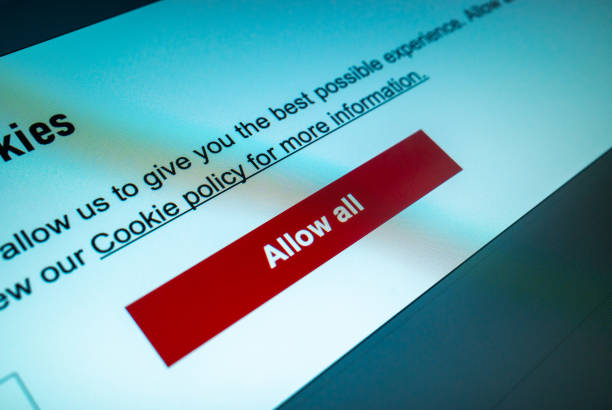An individual voluntary arrangement, or IVA, is a lifesaver for those who are drowning in debt. It’s a legal arrangement that outlines how you and your creditors will repay your obligations over time. But a prevalent worry among individuals thinking about an IVA is how it will affect their daily living costs. We’ll examine the complexities of IVAs and how much they leave you with to live on in this extensive tutorial.
Knowing the Fundamentals of an IVA:
Understanding the foundations of an IVA is essential before diving into the finer points of living allowances under one. An insolvency practitioner assists you and your creditors in reaching a legally binding agreement known as an IVA. Usually lasting five to six years, you make manageable monthly payments to pay off your obligations throughout that time.
Your creditors consent to stop charging you interest for the length of the IVA, giving you much-needed relief from growing balances. Furthermore, any outstanding debts covered by the agreement are usually written off at the conclusion of the IVA period, providing the debtor with a new lease on life.
Calculating Your Disposable Income:
The amount of money you have left over after an IVA mostly relies on how much you can afford to spend. The money that remains after subtracting necessary living expenses from your overall income is referred to as disposable income. These necessary expenditures consist of housing costs, utilities, food, travel, and other related charges.
Your insolvency practitioner will perform a comprehensive financial evaluation, accounting for your income, expenses, and any assets you may have, in order to determine your disposable income. The purpose of this assessment is to figure out how much you can afford to pay back each month while still having enough money to cover your essential living expenses.
Allowance for Living Under an IVA:
After your disposable income is determined, some of it goes toward paying off your obligations with the IVA, and the remaining amount goes toward your living expenditures. The purpose of the living allowance is to pay for needs including food, clothing, transportation, medical care, and other expenses.
The precise amount allotted for living expenses may differ based on your unique situation, taking into account factors like location, family size, and income. However, in order to guarantee that debtors are left with an acceptable level of living, bankruptcy practitioners usually follow the rules established by institutions like the Money Advice Service.
Elements Affecting Living Allowance:
A number of variables can affect how much living allowance you receive from an IVA:
Income: Your disposable income and, by extension, your living allowance are heavily influenced by your income level. While higher salaries could mean greater monthly debt repayments, they nevertheless provide a reasonable living allowance.
Household Size: Your living allowance may be impacted by the number of dependents, such as children or other family members, in your household. Dependents may get additional allowances to meet their needs and ensure their welfare during the IVA period.
Location: The cost of living might differ based on where you live, with housing and transportation costs being higher in some places. When calculating living allowances, insolvency practitioners take these regional variations into consideration.
critical Expenses: In order to guarantee that debtors retain a decent level of living, some critical expenses—like housing costs and utility bills—are given priority. Your income is subtracted from these costs in order to determine your living allowance.
Juggling Living Expenses and Repayment:
While the goal of IVAs is to reduce debt without placing an excessive burden on debtors, striking the correct balance between living expenses and repayment is crucial. Insolvency professionals collaborate extensively with debtors to make sure the repayment plan is reasonable and affordable, considering each person’s unique situation.
Adjustments may be made to cover necessary living expenditures if the anticipated repayment amount would leave the debtor with an inadequate living allowance. This can entail renegotiating the IVA’s terms or looking into other debt solutions that would be more suitable for the debtor’s financial circumstances.
Handling Living Expenses in the Event of an IVA:
During an IVA, living on a tight budget necessitates careful financial planning and management. The following advice can help you efficiently control your living expenses during this time:
Budgeting: Make a thorough budget that lists all of your monthly spending and income. Set aside money for needs like groceries, utilities, and transportation, giving requirements a higher priority than extravagance.
Set Essential Living Expenses First: Give priority to paying for necessities like shelter, food, and utilities. Spend less on things that are not absolutely necessary whenever you can to free up money for debt repayment.
Seek support: Look into other sources of financial support, such as government programs or charitable groups, if you’re having trouble covering your essential living expenses during the IVA. These options can help you in the short term while you strive for financial security.
Monitoring Your Spending: Keep tabs on your spending patterns and pinpoint places where you can cut costs even further. To make ends meet even more, think about forming economical habits like meal planning, bargain shopping, and cutting back on energy use.
Talk to Your Insolvency Professional: Keep your insolvency practitioner informed of any changes to your living expenditures or financial status on a regular basis. Throughout the IVA term, they can offer advice and assistance to help you efficiently manage your funds.
In summary:
Debtors can maintain a respectable quality of life while managing their debt in an organized manner with the help of an IVA. IVAs make sure that debtors can pay for necessities while working toward debt freedom by estimating disposable income and setting aside a certain amount for debt payback.
Although living on a tight budget during an IVA can be difficult, debtors can successfully traverse this procedure with the aid of insolvency practitioners and good money management. People can come out of an IVA with a fresh perspective on their finances and a roadmap to long-term stability if they plan ahead and follow the agreement’s conditions.





